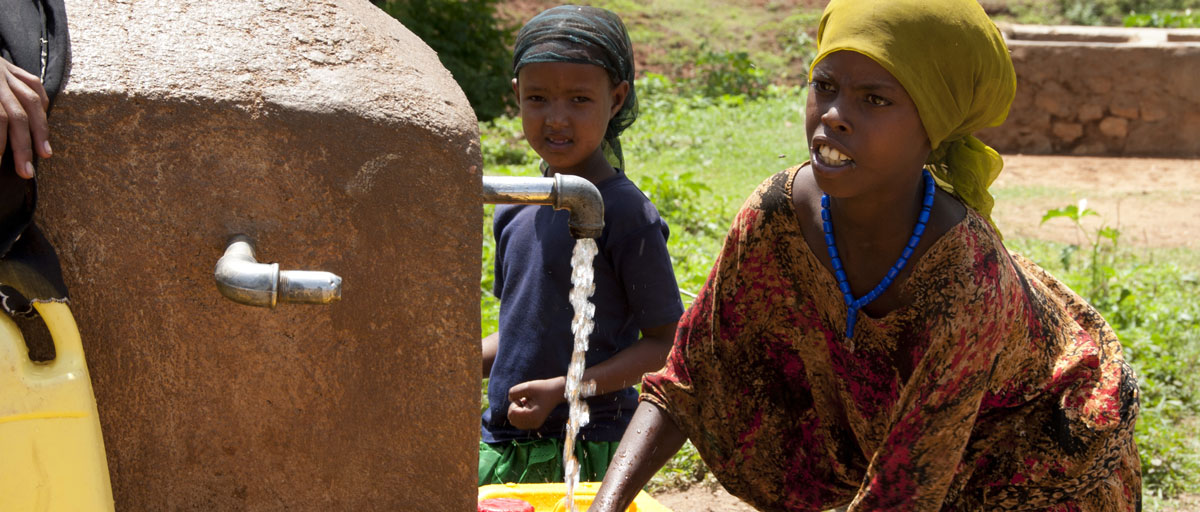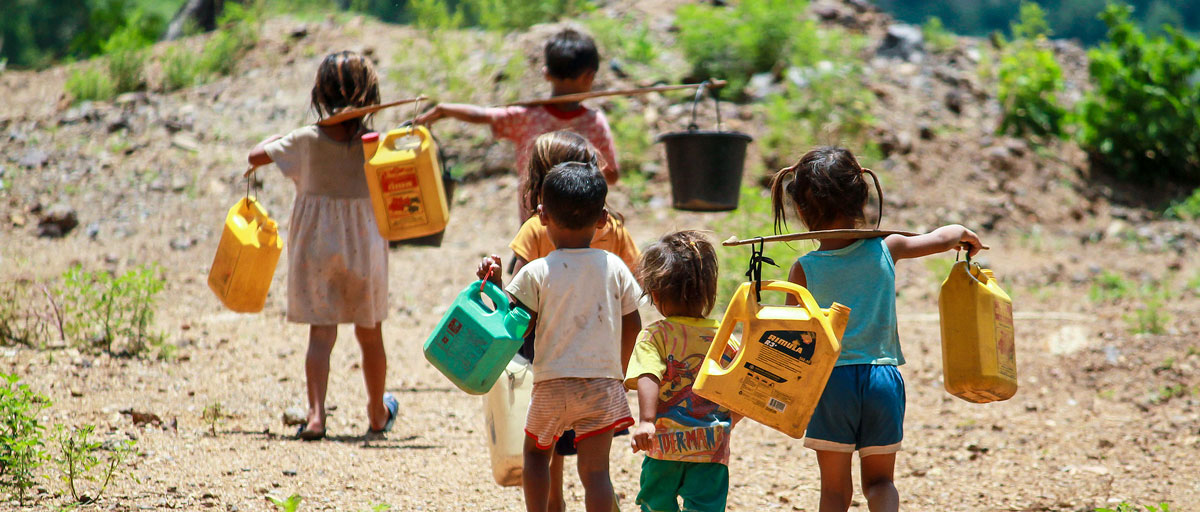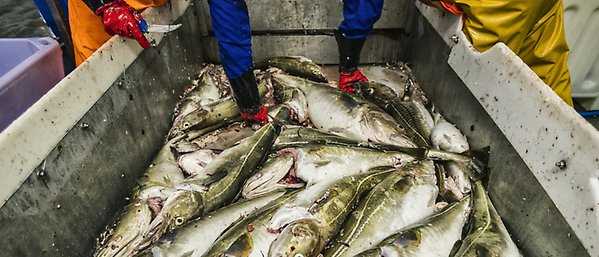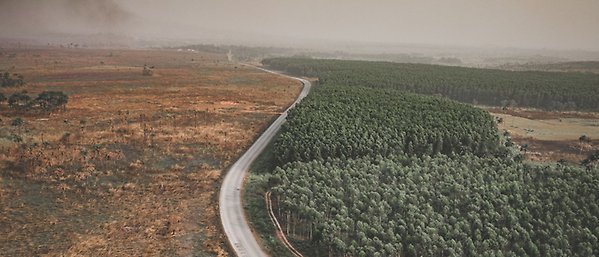RAINFED AGRICULTURE
In drought-prone Sahel, rain still remains a gift only few farmers can enjoy
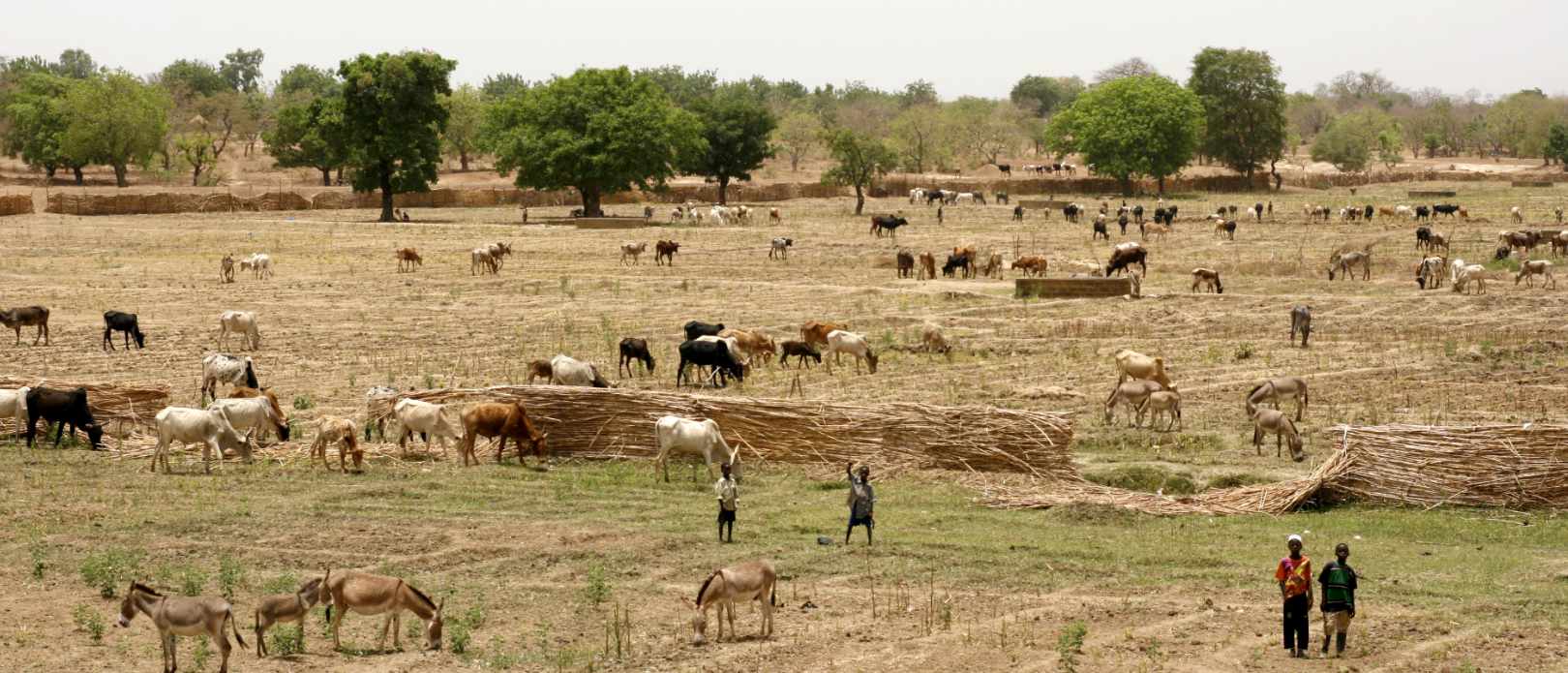
Studies have reported an upward trend in annual rainfall in the Sahel since the 1970's and 1980's, but farmers have questioned whether vegetation and crop conditions have improved. An article published in Environmental Research Letters looks into this more closely. Photo: K. Malmborg
Since the 1980s, rainfall conditions for agriculture have improved only in scattered areas across the region
- Studies have reported an upward trend in annual rainfall in the Sahel since the 1970s and 1980s, but farmers question whether vegetation and crop conditions have improved
- Article published in Environmental Research Letters looks into this more closely
- Findings suggest that agricultural improvements in rainfall occurred only in some parts of the Sahel
A HARD RAIN’S GONNA FALL: The drought-prone Sahel is a global hotspot for many of the wrong reasons. It is one of the poorest regions in the world with malnutrition rampant.
With rainfed agriculture being the main source of food and income, the well-being of the mostly rural population is at the mercy of the precious drops that come from above.
Studies have reported an upward trend in annual rainfall in the Sahel since the 1970s and 1980s, when the region experienced a profound drought with over a 30% decrease in rainfall.
However, farmers have questioned whether this increase has improved vegetation and crop conditions.
Dry spells remain common
In a study published in Environmental Research Letters, centre researchers together with colleagues from Stockholm University and Aalto University in Finland have looked into this more closely to see whether the farmers are right in their reservations.
According to Miina Porkka and her colleagues, rainfall conditions for agriculture have improved overall since the 1980s only in scattered areas across the Sahel.
Although annual rainfall sums have increased in much of the region, dry spells during vulnerable crop growth stages remain common and have even become more frequent in some areas.
As the rainy season remains short in much of the region, in some years crops may not have time to reach maturity before the rain stops, which in worst cases can lead to total crop failure.
Our findings suggest that agricultural improvements in rainfall occurred only in some parts of the Sahel.
Miina Porkka, lead author
Less but more intense rainy days
While predictions are associated with big uncertainty, most models on the future climate in the region point towards even more erratic rainfall.
Rainfall intensity will likely continue to increase, while the number of rainy days will decrease.
Amid the uncertainty, the survival and success of rainfed agriculture in the Sahel is largely determined by the capacity of farmers to cope with the changing rainfall and increased drought. Conservation and zero tillage practices can, along with other management options help, but yield levels may still remain low.
There are also several economic and social barriers to implement any upgrades.
A very difficult task
For change to really contribute towards poverty alleviation, they have to be coordinated with investments in infrastructure, markets and enabling institutions, the authors say.
“Improved rainwater and soil management practices could help sustain agricultural livelihoods and secure nutrition in the Sahel, but it will remain a very difficult task,” they conclude.
Methodology
The researchers studied whether the widely reported increase in Sahel’s annual rainfall sums has translated in overall improvements in rainfall conditions. Using daily rainfall data over 1981–2017 and covering the Sahel at 5 km resolution, they calculated the length of the rainy season and identified the occurrence of so-called ‘false starts’ of the season (dry spells after first rains) and ‘post-floral dry spells’ (towards the end of the season), which are known to affect crop yields by causing water stress at vulnerable crop growth stages. They then analysed whether trends and anomalies in annual rainfall were associated with trends and anomalies in season length and dry spell occurrence.
Porkka, M., Wang-Erlandsson, L., Destouni, G., Ekman, A. et.al. 2021. Is wetter better? Exploring agriculturally-relevant rainfall characteristics over four decades in the Sahel. Env. Research Letters. in press https://doi.org/10.1088/1748-9326/abdd57
